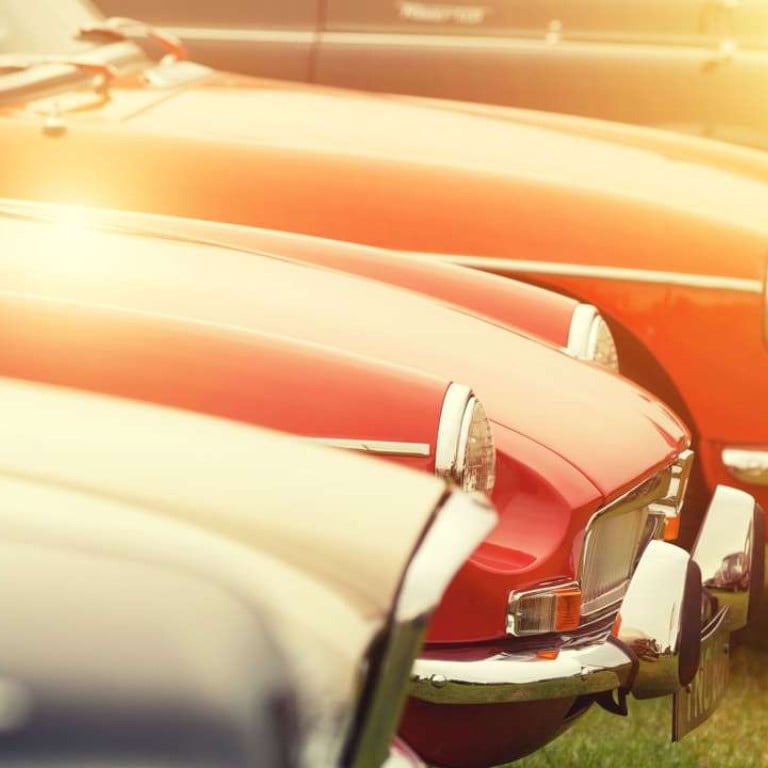Vintage cars continue to command high prices

Vehicles from a bygone era are gorgeous examples of art, craftsmanship and engineering
The vintage car market has grown steadily and is a great place to park excess liquidity. It is also an environment in which one vintage vehicle can appreciate to stratospheric heights while another languishes in a garage. The move to purchase a classic car requires serious homework, deep insight and local knowledge. The same model and year of car can have widely differing values, and finding the right car and buyer for the idiosyncrasies of the individual vehicles can make the difference.
The early American muscle cars were vehicles of dreams, movies and TV shows for many, and a symbol of Detroit’s heyday.
These cars enjoyed tremendous growth in value when the right age of buyer reached a higher earning capacity and wanted to buy back their youth. The dreams and the cars were easily exportable, so values grew. Whole companies and industries were born to find, restore, maintain and sell these pieces of folklore.
Micromarkets developed for cars that were in different states of repair, restoration and modification. The most valuable were the mythical “barn finds”, or cars that were parked and forgotten. The market was strong enough to sustain re-creations as well – cars built from the ground up or sometimes with just the paperwork of the original serial number and some key parts. The market grew to stratospheric heights. As all bubbles do, this one has burst and the market for such cars has settled.
A wonderful example of a micromarket at its height is that of the vintage Porsches. More enthusiast-oriented from the day they were driven off the showroom floor, and aimed at more particular drivers than the American cars, the vintage market for the classics from Stuttgart were the dream cars of a higher level. These cars represented a shift, having smaller engines located in the back and were built largely in accordance with the vision of one man. They were small, tight, and required muscles to drive and fortitude to drive fast.
The classic cars brought me lots of fun, enjoyment and unforgettable moments
The growth market used to be confined to the early 356s and the right years and models of the iconic 911. The present market is so overheated that demand is across the board.
What they call the “impact-bumper cars” were so named because they came at a time when American law demanded that cars handle five miles an hour (or so) hits to the front and rear with no damage, mainly for repair-cost issues, it was argued. They had long ugly extensions front and back that would cushion any low speed impact, and they destroyed the pure lines of the 911s. The boys and girls who grew up in that period now look at these cars with fond memories, so much so that they are taking the more sculpted 911s and adding these lumps to them.
The market for vintage Porsches has very clear models that command the highest values, but because they are in such short supply, they are almost unattainable. As such, the market for “lesser” models has increased more than it should have because those models are all that can be had.
Vintage cars are gorgeous examples of art, craftsmanship and engineering and, while they have every right to be in museums, they are best enjoyed on the road or track, putting you in a time warp of sorts as you drive in a cocoon of old-world soul through a modern landscape.
If you look at these vehicles and see that they are well-appreciated, you ask; “What is next?”. For this, you need to look not just at the significance of the cars and the industry, but also of the world. There are a lot more Japanese carsout there than American ones.